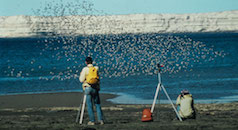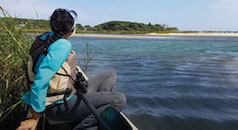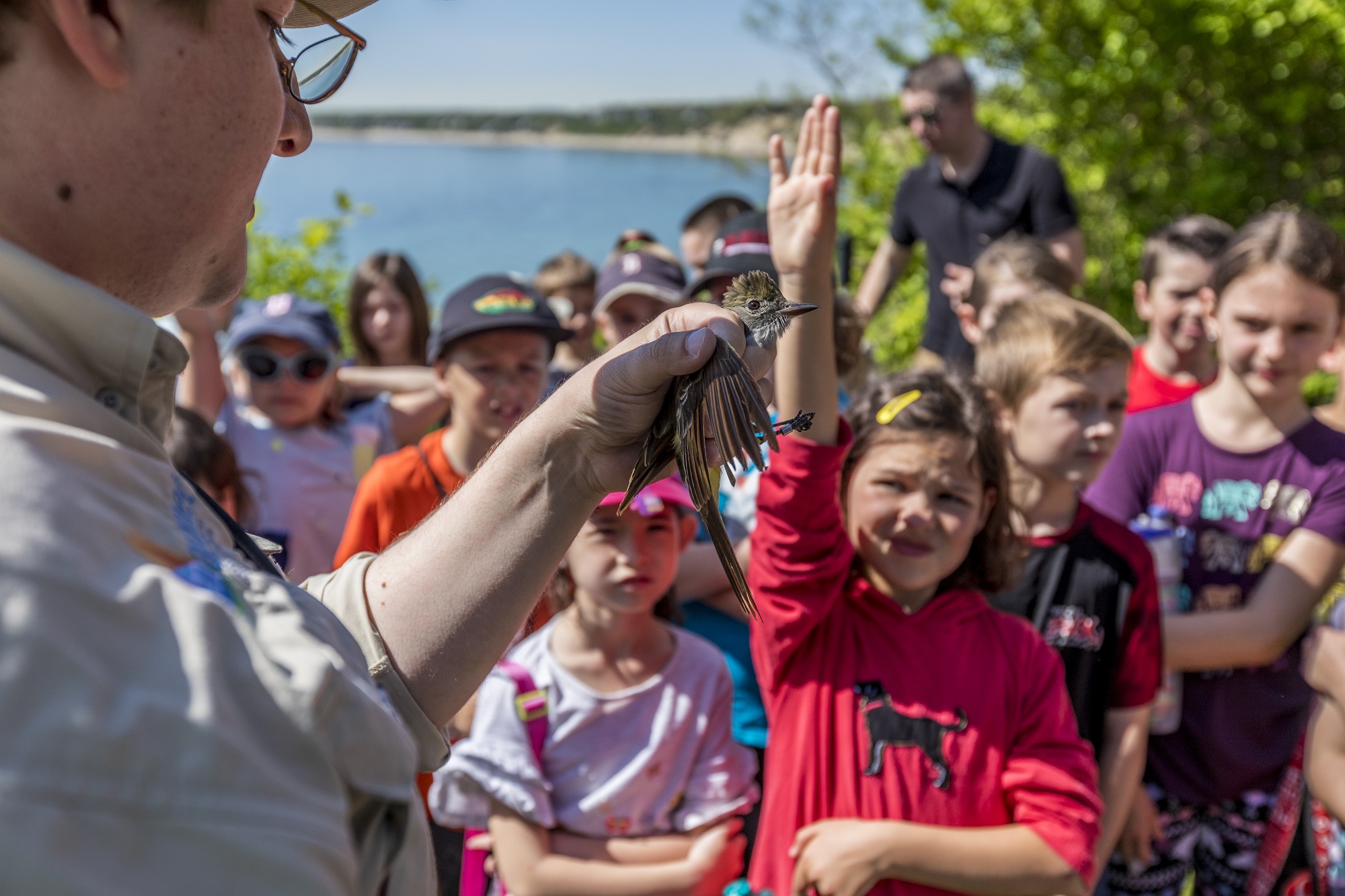In early March, Manomet and the U.S. Fish and Wildlife Service released the first phase of the Atlantic Flyway Shorebird Conservation Business Strategy – an unprecedented collaboration to implement conservation for shorebirds across the entire east coast of North America.
Over the past 20 years shorebirds like the Red Knot, Whimbrel and Semipalmated Sandpiper have seen serious population declines. Human population expansion, particularly along coastlines, is posing threats to populations of these and many other shorebird species along the Atlantic Flyway.
“The Business Strategy’s overall goals are to create a long-term platform for stability and recovery for populations of several shorebird species and to increase current shorebird population levels by 10 to 15 percent by 2020,” said Stephen Brown, director of Manomet’s Shorebird Science Division and primary strategy author.
More than 50 international shorebird scientists, managers, and conservationists from government agencies, non-governmental organizations, universities, and the general public contributed their expertise to the development of the Business Strategy.
This is the first effort to use the business strategy approach for shorebird conservation on such a large scale.
Manomet and its partners were the first to apply the approach to shorebird conservation with the American Oystercatcher Conservation Business Plan. Efforts to restore Oystercatcher populations have been met with incredible success. The population has increased by as much as 10 percent during the five years of targeted conservation work.
The newly-released Atlantic Flyway Conservation Business Strategy expands that approach and applies it to shorebird conservation across the Atlantic Flyway.
“The conservation business strategy approach prioritizes actions, funding, and outcomes, three things which are typically lacking or under-developed in traditional conservation plans,” said Brad Winn, Conservation Specialist for Manomet’s Shorebird Recovery Project. “Prioritizing actions by their urgency and clearly linking them with outcomes shows potential funders which actions should be implemented first to maximize conservation successes and streamlines investment.”
The 15 shorebird species that the business strategy focuses on were chosen to represent a wide range of ecologies and habitats across the Atlantic Flyway. Some species were chosen to serve as representatives for others that share similar conservation needs.
The first phase of the strategy focuses on conservation projects in Canada and the United States. Future iterations will include focus on engagement with Caribbean and South American conservation partners.
“Through clearly-defined actions and measurable outcomes, the Business Strategy shows funders and practitioners exactly what needs to be done, where, by whom, and how much it will cost,” said Scott Johnston, Chief of the USFWS’s Bird Population Programs for the Northeast Region and primary strategy author. “Manomet has been at the forefront of shorebird conservation business planning – starting with the incredible success of the American Oystercatcher Recovery Campaign – and is an acknowledged leader in using science to conserve and recover species.”
– Haley Jordan





 Back to all
Back to all